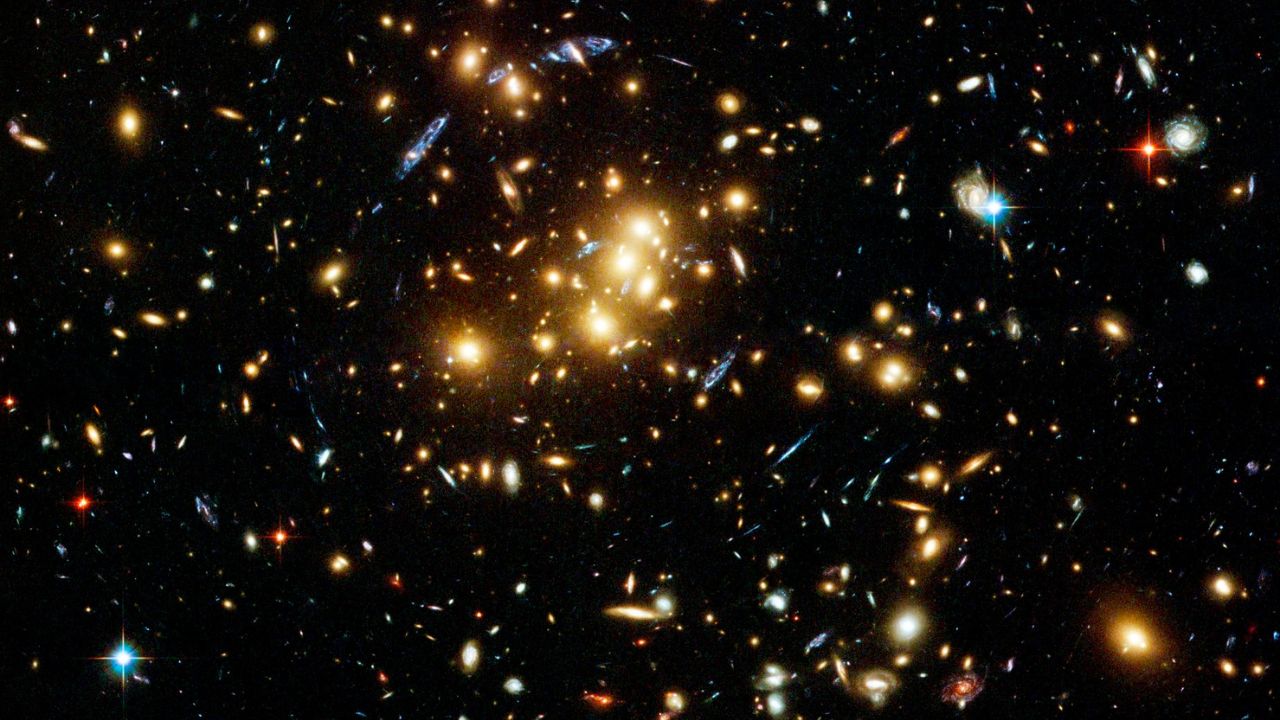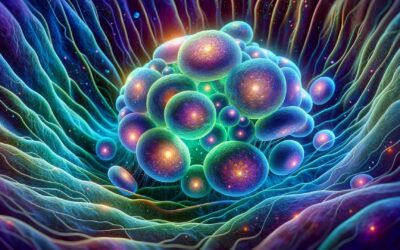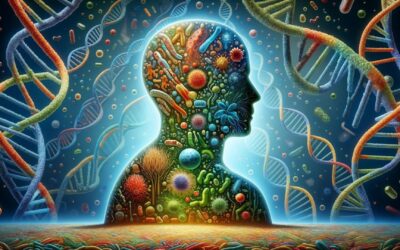- Dark Matter: A Cosmic Enigma
- The Evidence for Dark Matter
- What Could Dark Matter Be?
- The Quest to Detect Dark Matter
- Why Does Dark Matter Matter?
- The Dark Matter Frontier
- Keywords
- Key Takeaways
- FAQs
- Is dark matter the same as black holes?
- Can dark matter be observed or detected directly?
- Why is dark matter important?
- Are there any other candidates besides WIMPs and axions?
- Could dark matter be antimatter?
- Can dark matter be created or destroyed?
- Is dark matter evenly distributed throughout the universe?
- Could dark matter be composed of black holes?
- Can dark matter be used as an energy source?
- Are there any experiments that have already detected dark matter?
- Myth Buster
- Myth: Dark matter and black matter are the same thing.
- Myth: Dark matter can be observed directly with telescopes.
- Myth: Dark matter is the same as antimatter.
- Myth: Dark matter is evenly distributed throughout the universe.
- Myth: Dark matter can be created or destroyed.
- Myth: Dark matter has been directly detected.
- Myth: Dark matter can be used as a fuel or energy source.
- Myth: Dark matter and black holes are the same thing.
- Myth: Dark matter is made up of tiny black holes.
- Myth: Dark matter has been conclusively proven to exist.
- Checkpoint
In the realm of cosmology, few things ignite as much intrigue as the elusive, unseen, and yet undeniably omnipresent phenomenon known as dark matter. It’s a topic that has fueled countless research hours and has been the muse of many a science fiction writer. But what is dark matter? Despite its abundant presence in the universe, why do we know so little about it? This article attempts to navigate the intriguing, mysterious world of dark matter, and along the way, we’ll uncover why it is one of the most captivating topics in modern physics.
Dark Matter: A Cosmic Enigma
In the simplest of terms, dark matter is a form of matter that we cannot see. Unlike the matter we’re familiar with – the stuff that makes up stars, planets, and everything on Earth – dark matter does not interact with light or any other form of electromagnetic radiation. This makes it invisible to our telescopes and incredibly tricky to detect.
Yet, scientists are confident it exists. Why? Because while we can’t ‘see’ dark matter, we can observe its effects.
The Evidence for Dark Matter
The story of dark matter began in the early 20th century when astronomers made some puzzling observations. They noticed that galaxies were spinning much faster than they should be. Based on what we know about gravity, such high speeds should cause the galaxies to tear themselves apart – but they don’t.
The solution to this conundrum, proposed by astrophysicist Fritz Zwicky and later supported by the work of Vera Rubin, was that there must be a large amount of unseen matter providing the extra gravity to hold these galaxies together. This ‘missing’ matter is what we now refer to as dark matter.
Further evidence for the existence of dark matter comes from observations of gravitational lensing – the bending of light from distant galaxies as it passes a massive object – and from the Cosmic Microwave Background, the afterglow of the Big Bang.
What Could Dark Matter Be?
So, if dark matter is such a significant part of the universe, what exactly is it made of? The truth is, we don’t know – yet. However, scientists have some hypotheses.
The most popular candidate for dark matter is a new type of subatomic particle, yet to be discovered, collectively called Weakly Interacting Massive Particles (WIMPs). These particles would interact very weakly with ordinary matter, explaining why they’re so hard to detect.
Another proposed candidate is the axion, a hypothetical particle suggested as a solution to some problems in quantum physics.
The Quest to Detect Dark Matter
Despite the tantalizing indirect evidence for dark matter’s existence, a direct detection of dark matter particles has yet to be made. That’s not for a lack of trying, though.
There are several ongoing experiments around the world, both underground and in space, aimed at detecting these elusive particles. These experiments are primarily looking for two things: interactions of dark matter particles with normal matter and signs of dark matter particles annihilating each other.
Why Does Dark Matter Matter?
Dark matter, despite its elusive nature, plays a critical role in shaping the universe. It helps to hold galaxies and clusters of galaxies together, and its gravitational effects are crucial in the formation of cosmic structures.
Moreover, understanding dark matter is fundamental to our understanding of the universe. It’s one of the key pieces in the cosmic jigsaw puzzle, a puzzle that, when completed, will give us a picture of the universe, its origins, and its destiny.
The Dark Matter Frontier
Dark matter represents one of the final frontiers of human knowledge, an enigma at the very heart of our understanding of the universe. Despite the challenges and mysteries, or perhaps because of them, the quest to understand dark matter continues to push the boundaries of science, inspiring a new generation of astronomers, physicists, and cosmologists.
Keywords
- Dark matter: A form of matter that does not interact with light or other forms of electromagnetic radiation.
- Cosmology: The study of the origin, evolution, and structure of the universe.
- Universe: The entirety of space, time, matter, and energy.
- Electromagnetic radiation: Energy propagated in the form of electromagnetic waves, including visible light, radio waves, X-rays, and gamma rays.
- Gravity: The force of attraction between objects with mass.
- Galaxy: A large system of stars, gas, and dust held together by gravity.
- Fritz Zwicky: An astrophysicist who proposed the existence of dark matter to explain the observations of galaxies spinning faster than expected.
- Vera Rubin: An astronomer who provided further evidence for dark matter through her observations of galaxy rotation curves.
- Weakly Interacting Massive Particles (WIMPs): Hypothetical subatomic particles that are a popular candidate for dark matter.
- Axion: A hypothetical particle proposed as a candidate for dark matter.
Key Takeaways
- Dark matter is an invisible form of matter that does not interact with light or electromagnetic radiation.
- Its existence is inferred from its gravitational effects on visible matter, such as galaxies and galaxy clusters.
- Dark matter plays a crucial role in the formation and stability of cosmic structures.
- The most popular candidates for dark matter are Weakly Interacting Massive Particles (WIMPs) and axions.
- Detecting dark matter directly remains a challenge, but there are ongoing experiments aimed at its detection.
- Understanding dark matter is essential for a comprehensive understanding of the universe’s origins and evolution.
- Dark matter represents a frontier of scientific knowledge and continues to inspire research and exploration.
FAQs
Is dark matter the same as black holes?
No, dark matter and black holes are distinct phenomena. Dark matter refers to a type of matter that does not interact with light, while black holes are extremely dense objects formed from the collapse of massive stars.
Can dark matter be observed or detected directly?
Dark matter cannot be observed directly since it does not interact with light. However, scientists can infer its presence through its gravitational effects on visible matter and by searching for interactions or annihilation signals from dark matter particles.
Why is dark matter important?
Dark matter is crucial for the formation and stability of galaxies and galaxy clusters. It plays a fundamental role in the structure and evolution of the universe. Understanding dark matter is key to completing the cosmic puzzle and gaining a comprehensive understanding of our universe.
Are there any other candidates besides WIMPs and axions?
While WIMPs and axions are popular candidates for dark matter, there are other proposed possibilities, such as sterile neutrinos, gravitinos, and primordial black holes. Scientists continue to explore and test various hypotheses.
Could dark matter be antimatter?
Dark matter is not expected to be composed of antimatter. Antimatter has opposite charges to ordinary matter and would annihilate with it, producing detectable radiation. Dark matter, on the other hand, does not exhibit such interactions.
Can dark matter be created or destroyed?
Dark matter is thought to be a stable and long-lived component of the universe. It is not created or destroyed in ordinary processes but persists throughout cosmic history.
Is dark matter evenly distributed throughout the universe?
The distribution of dark matter is not uniform but exhibits a clumpy or filamentous structure. It forms halos around galaxies and clusters, with denser regions where structures have formed.
Could dark matter be composed of black holes?
While black holes are a separate phenomenon from dark matter, there is a hypothesis that primordial black holes, which formed shortly after the Big Bang, could contribute to dark matter. However, this idea is still being investigated and requires further evidence.
Can dark matter be used as an energy source?
Dark matter itself cannot be directly used as an energy source since it does not interact with ordinary matter. However, understanding dark matter could potentially lead to technological advancements or insights that may have broader implications for energy-related research.
Are there any experiments that have already detected dark matter?
As of the article’s publication, direct detection of dark matter particles has not been achieved. There have been experiments that reported potential signals, but these findings require further confirmation and independent verification.
Myth Buster
Myth: Dark matter and black matter are the same thing.
Reality: Dark matter and black matter are not the same. Dark matter refers to an invisible form of matter, while black matter is not a recognized scientific term.
Myth: Dark matter can be observed directly with telescopes.
Reality: Dark matter cannot be observed directly with telescopes since it does not interact with light. Its presence is inferred through its gravitational effects on visible matter.
Myth: Dark matter is the same as antimatter.
Reality: Dark matter and antimatter are distinct concepts. Antimatter has opposite charges to ordinary matter and would annihilate when it comes into contact with it. Dark matter does not exhibit such interactions.
Myth: Dark matter is evenly distributed throughout the universe.
Reality: Dark matter is not uniformly distributed but forms a clumpy or filamentous structure, with denser regions around galaxies and galaxy clusters.
Myth: Dark matter can be created or destroyed.
Reality: Dark matter is thought to be stable and long-lived, persisting throughout cosmic history. It is not created or destroyed in ordinary processes.
Myth: Dark matter has been directly detected.
Reality: Despite ongoing efforts, direct detection of dark matter particles has not been achieved. Indirect evidence supports its existence, but further confirmation is needed.
Myth: Dark matter can be used as a fuel or energy source.
Reality: Dark matter itself cannot be used as an energy source since it does not interact with ordinary matter. However, research on dark matter could lead to technological advancements with broader implications.
Myth: Dark matter and black holes are the same thing.
Reality: Dark matter and black holes are distinct phenomena. Dark matter refers to a form of matter that does not interact with light, while black holes are extremely dense objects formed from collapsed stars.
Myth: Dark matter is made up of tiny black holes.
Reality: While there is a hypothesis that primordial black holes could contribute to dark matter, this idea is still being investigated and requires further evidence.
Myth: Dark matter has been conclusively proven to exist.
Reality: Dark matter’s existence is inferred from its gravitational effects and other indirect observations, but direct detection and identification of its composition remain ongoing challenges in the field of astrophysics.
Checkpoint
What evidence supports the existence of dark matter?
a) Direct observation with telescopes
b) Gravitational effects on visible matter
c) Detection of dark matter particles
d) Cosmic microwave background radiation
B
Which astrophysicist proposed the existence of dark matter?
a) Vera Rubin
b) Fritz Zwicky
c) Albert Einstein
d) Carl Sagan
B
What is the most popular candidate for dark matter?
a) Photons
b) Neutrinos
c) WIMPs
d) Axions
C
How does dark matter interact with light?
a) It absorbs light completely.
b) It reflects light like a mirror.
c) It refracts light like a prism.
d) It does not interact with light.
D
d) It does not interact with light.
What role does dark matter play in the formation of cosmic structures?
a) It slows down the expansion of the universe.
b) It helps hold galaxies and galaxy clusters together.
c) It generates cosmic microwave background radiation.
d) It creates magnetic fields in the universe.
B












0 Comments